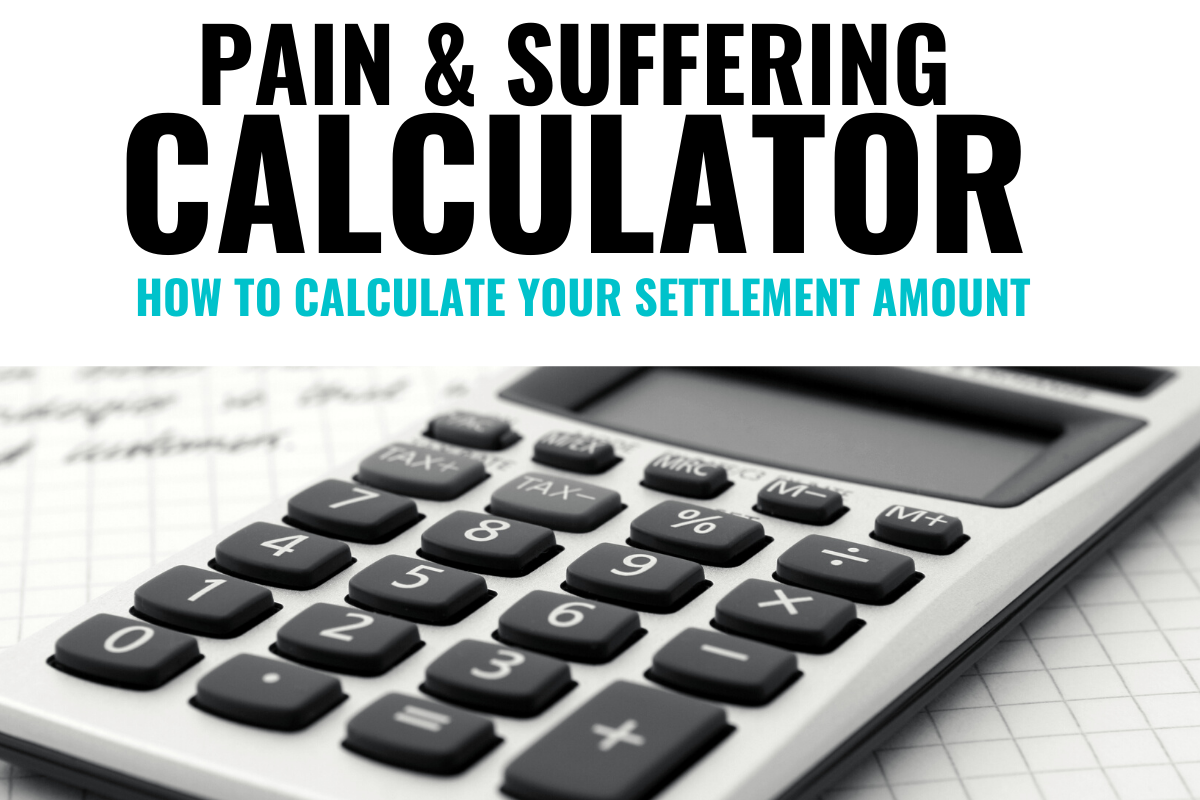Blogs

Basic Car Maintenance Tips for Safety
Have you ever got stuck in the middle of the road? Most of the time, this is the result of...

Back Injury in a Car Accident: Most Common Injuries
The human spine and back are highly complex networks of muscles, bones, joints, nerves, tendons, and ligaments. The spine protects...

Alcohol and Pool Safety: Linking Injuries to Intoxication Around Water
As summer approaches and people gather around pools to enjoy the warm weather, it’s crucial to remember the importance of...

4 Safety Tips for Motorcycle Pillion Passengers
Riding a motorcycle is an exhilarating experience that many riders want to share with others. However, being a pillion passenger...

Pain and Suffering Calculator: How To Calculate Your Settlement Amount
Have you suffered a personal injury? The following is a guide to help you easily figure out how much your...
Alcohol and Pool Safety: Linking Injuries to Intoxication
Alcohol and Pool Safety: Linking Injuries to Intoxication D2 Law As summer approaches and people gather around pools to enjoy...

